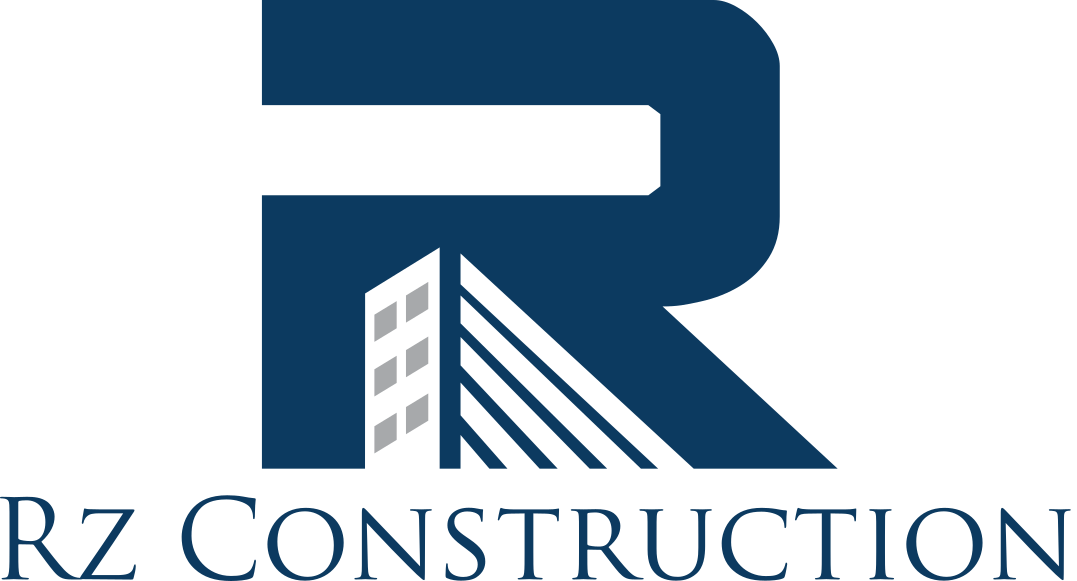Many homeowners may need masonry restoration, but put off scheduling it due to concerns about cost or inconvenience, or even because they simply don’t recognise its importance.
Before you put the structure of your home at risk and delay having your masonry work repaired for any longer, here are the answers to 5 important questions about masonry restoration:
- Masonry and veneer: what’s the difference?
Solid masonry is thick and strong and capable of holding up the weight of a home or other structure. Masonry veneer, on the other hand, is held up by the frame of a building’s structure, and is a cheaper alternative to solid masonry that can still look great.
Whether your home or business is constructed from solid masonry or masonry veneer, if repairs are needed, you shouldn’t delay contacting a masonry contractor, otherwise the very structure of the building could be exposed to water, insects and other harmful elements.
2. Should masonry restoration work always be carried out by a professional?
Yes! Unless you’re performing some simple brick patching and repairs, or dabbing paint on the surface to restore the appearance and color of brick, masonry restoration work should always be carried out by an experienced masonry contractor.
For brick that’s soft and crumbling, it might need to be fully replaced instead of just patched, and it’s important to note that patching materials often don’t provide the strength and durability requiredfor reliable structural support. To know, consult with a masonry contractor in your locality.
3. What are the signs that a building requires masonry restoration?
If you’ve noticed a pest infestation, water damage, trapped humidity, or mold growing in certain areas of your brick or concrete work, then you more than likely need the help of a masonry contractor. If you spot cracks, chips or other signs of damage on a building, you should also arrange for a masonry professional to assess the building’s condition before the problems get any worse, and end up costing you a small fortune in masonry repairs.
4. Is refacing a good alternative to masonry restoration?
While you might be tempted to remove old brick and replace it with siding or another material, it’s important to note that classic brick, stone, and other such materials offer a historic look that cannot be replicated with refacing. Bricks and other materials may start to crumble, while trapped humidity inside a building can soften brick and cause foundation damage; allowing a structure to settle and shift, and cause cracks along a brick façade or face. Issues such as these should always be corrected professionally, instead of opting for refacing, as it can help ensure the structural integrity of the building for many years to come.
5. How long does masonry restoration last?
The materials themselves, such as brick, stone and concrete, typically last for decades if not even centuries before they need to be replaced, but the environment surrounding them and how well it’s maintained, can affect their overall lifespan, as does the quality of masonry restoration.
For a structure that will stand strong for decades, have all repairs taken care of by an experienced masonry contractor as soon as you spot them, no matter how minor you may think them to be.
Taking care of a building’s masonry is one way of helping the structure survive for longer, and cracks, mold growth or crumbling, are all things that you should never ignore, and which will likely require the help of a qualified and licensed masonry contractor.
